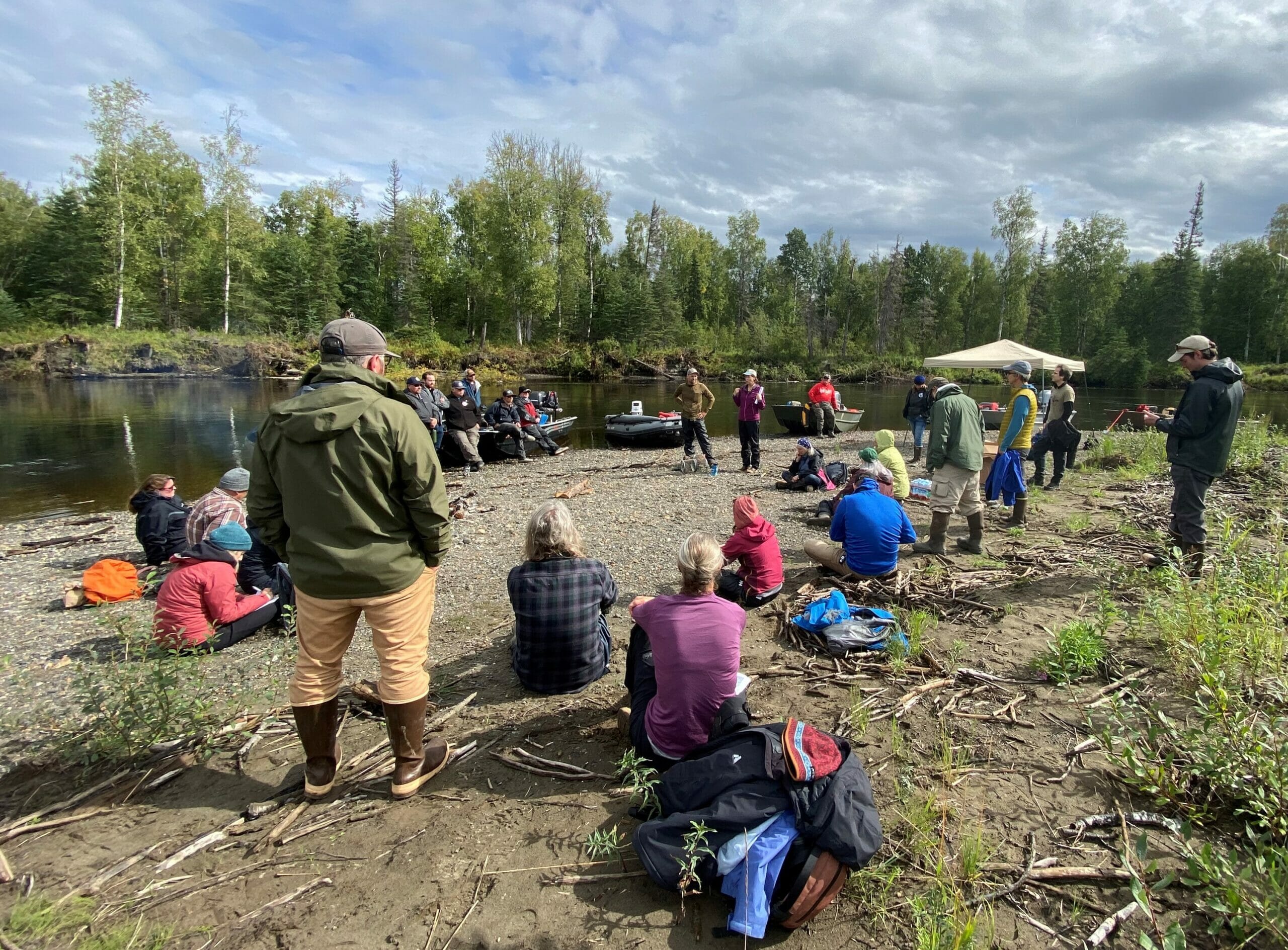The National Fish Habitat Partnership has announced its latest round of funding, a list of 95 projects in 24 states, putting nearly $40 million toward a vast and diverse array of work around the country.
Trout Unlimited is again among the groups that will put that NFHP money to work.
Among the selected projects are TU efforts in Alaska, Wyoming, Oregon and the Driftless Area in the upper Midwest.
Fish habitat improvement projects get funding boost
Established in 2001, the NFHP is modeled to do for fish what the North American Waterfowl Management Plan accomplished in the 1980s, significantly increasing populations and quality habitat across the country
“Conservation is a team sport, and no program embodies that quite as well as National Fish Habitat Partnership and our network of partners across the country,” Robert Boyles, director of the South Carolina Department of Natural Resources and chair of the NFHP board, said in a release announcing the awards. “Our nation’s rivers and waterbodies connect us, and the NFHP projects take actions to directly improve aquatic resources and fish populations for all. The implementation of these projects is critical in meeting our objectives to protect, restore and enhance fish habitat.”
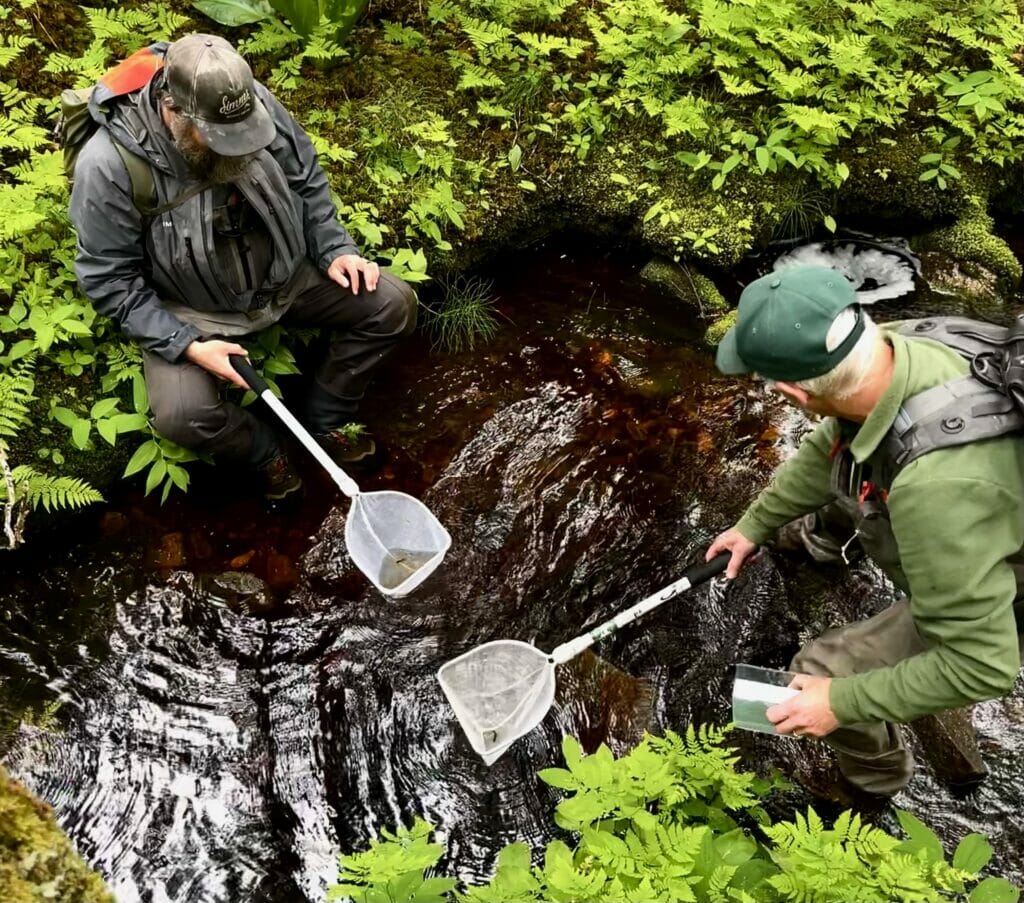
Through the NFHP, the U.S. Fish and Wildlife Service will contribute $5.8 million toward the projects with non-governmental organizations, state natural resource agencies and other partners contributing $33.3 million to leverage those grants.
TU has been involved with NFHP, which grew out of the National Fish Habitat Action Plan, since its creation in 2001, not only in the form of dozens of projects funded in part by the program, but also in a leadership role.
“We participated in the formation of the Eastern Brook Trout Joint Venture, which was the first of the Fish Habitat Partnerships which have since grown to 20,” said Bryan Moore, TU’s chief intergovernmental officer. “TU has held a seat on the Fish Habitat Board from the beginning and has always served an active role with the board and the Fish Habitat Partnerships.”
TU has also assisted in areas such as partnership evaluation and ranking of submitted proposals, in addition to providing funding leverage for many projects.
In the Midwest, this funding is critical to TU’s work
TU’s Driftless Area Restoration Effort is one of the NFHP’s 20 individual partners, which help to manage projects. Six separate projects within the Driftless Area will receive $226,000. The projects include habitat improvements on Bruce Valley and Traverse Valley creeks in Wisconsin, and Casey Springs in Iowa, as well as supporting development of community science efforts.
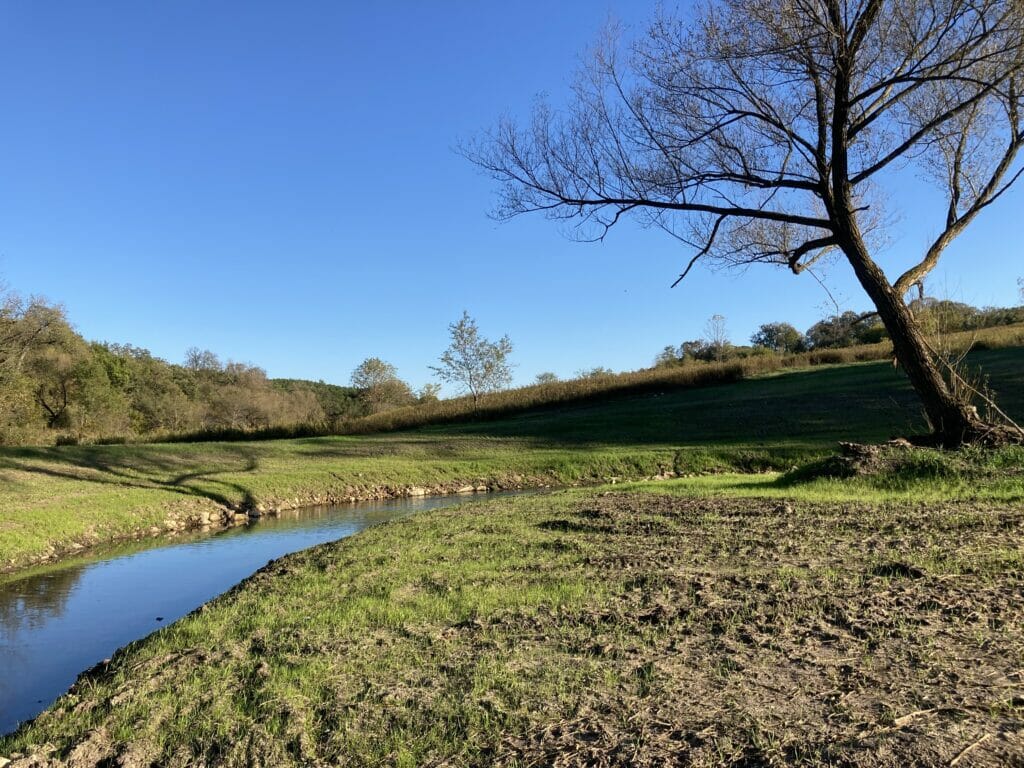
“The funding from USFWS through the National Fish Habitat Partnership is a critical part of our Driftless work,” said Sara Strassman, director of TU’s Driftless Area Restoration Effort. “This funding fills an essential need for the planning and construction of projects that benefit native fish in the Driftless Area, such as the Casey Springs Brook Trout Habitat project in Iowa. This project is restoring habitat on one of only 13 naturally reproducing, self-sustaining brook trout streams in Iowa.
Mike Siepker, a fisheries biologist with the Iowa Department of Natural Resources, said the work will help with a fish management priority in the state.
“Enhancing riparian and instream habitat on coldwater streams that support restored populations of brook trout is a high priority of the Iowa trout program,” Siepker said.
Strassman noted NFHP funding has also helped TU’s Driftless Restoration Effort support research and monitoring that drives conservation science in the region, such as TU’s WiseH2O program.
“We appreciate the contributions from Fish and Wildlife Service and the National Fish Habitat board that help us deliver these conservation successes,” she said.
Assistance from NFHP beyond the Midwest
In Alaska, more than $225,000 will support the Mat-Su Salmon Habitat Partnership and another $400,000-plus will be split among six projects in Southeast Alaska, including efforts to assess habitat for ocean-going fish.
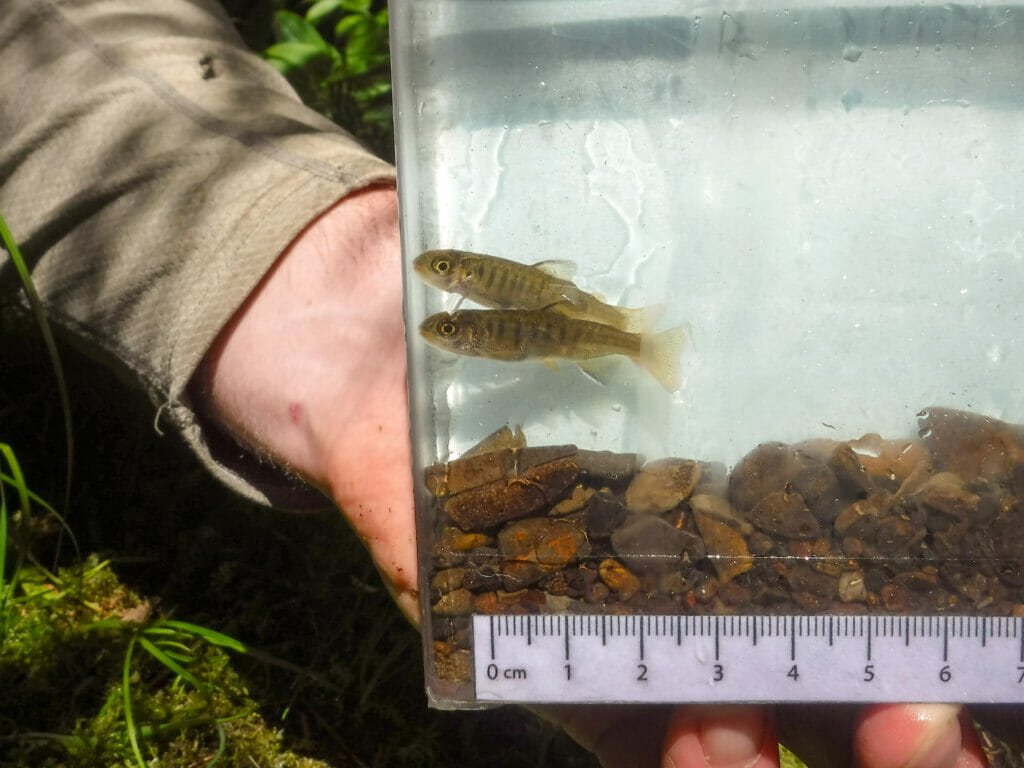
“Many streams that support anadromous fish in southeast Alaska remain undocumented and therefore unprotected by state law,” said Mark Hieronymus, the community science coordinator for TU’s Alaska program. “The FY23 NFHP funding will allow TU staff and chapter volunteers to continue the important work of documenting anadromous species and their habitat in southeast Alaska. “
The Flower Pot Creek fish passage and tidal reconnection project in Oregon, part of the larger Salmon Superhighway restoration effort, will receive $74,500 toward the project’s cost of nearly $1 million.
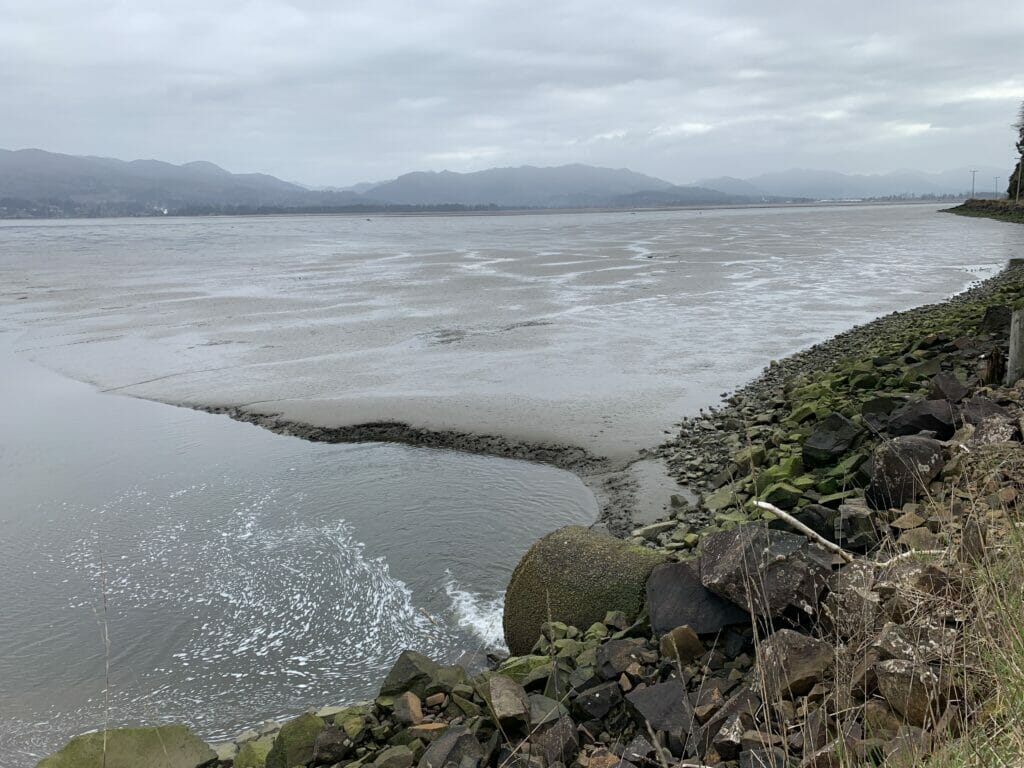
In Wyoming, the River Bend Ranch restoration and passage project was awarded $40,000. A barrier project on the Clear Fork of Muddy Creek in Wyoming garnered an award of $24,640.
The Flower Pot Creek, Clear Fork and River Bend Ranch projects are part of the Western Native Trout Initiative.
“We have been fortunate to receive several NFHP grants over the years for our work in the Snake River Headwaters in Wyoming and Idaho, through both the Western Native Trout Initiative and Desert Fish Habitat Partnership,” said Leslie Steen, TU’s Northwest Wyoming program director. “The focus of these partnerships is on native fish and their habitat, and because our projects typically benefit a whole assemblage of native species, from Yellowstone and Snake River cutthroat trout to northern leatherside chub and bluehead suckers, we’ve received funding for our projects on Spread Creek in Wyoming and Tincup Creek in Idaho that have been incredibly important in bringing them to completion.”
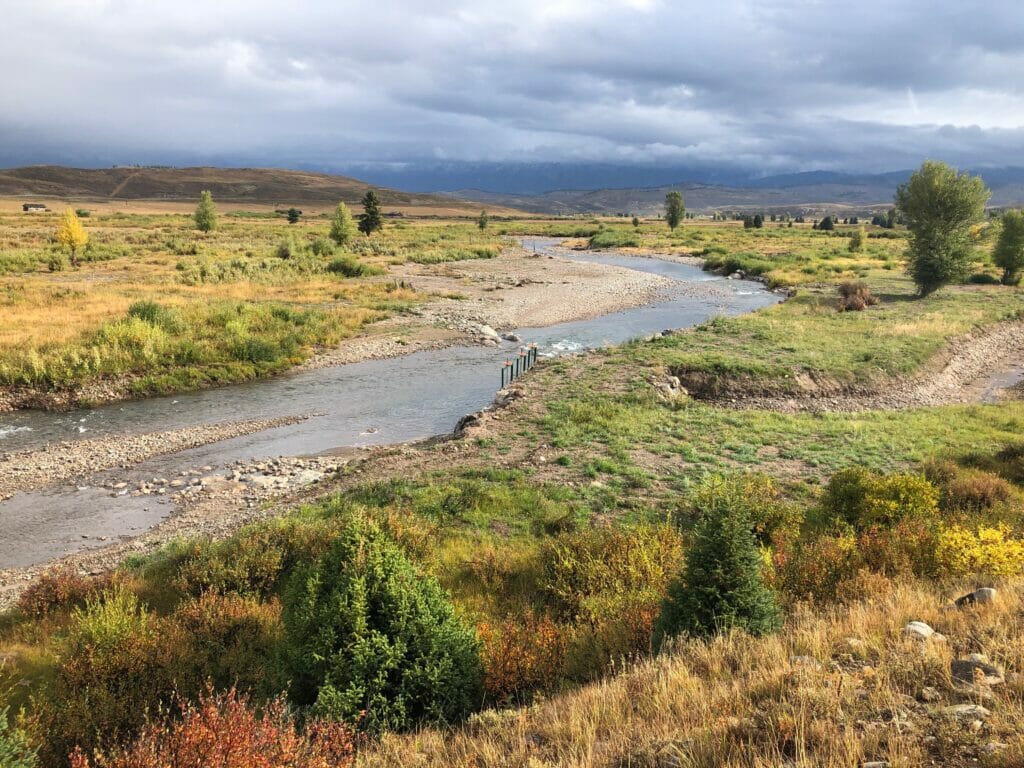
Since 2006, the NFHP has provided more than $56.5 million to conservation projects, with that funding helping to leverage, at a 4:1 ratio, an additional $292.7 million in additional investments.
Trout Unlimited appreciates having been one of the partners putting a portion of that investment to work on coldwater conservation and looks forward to continuing to be a key member of the NFHP.



